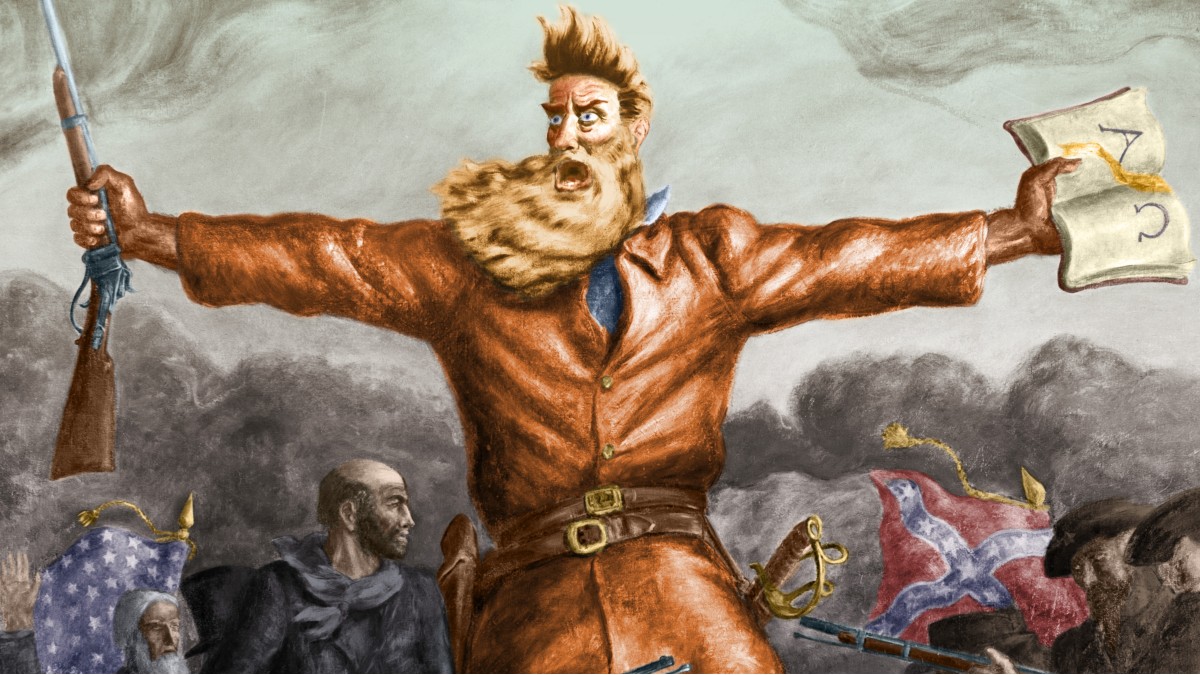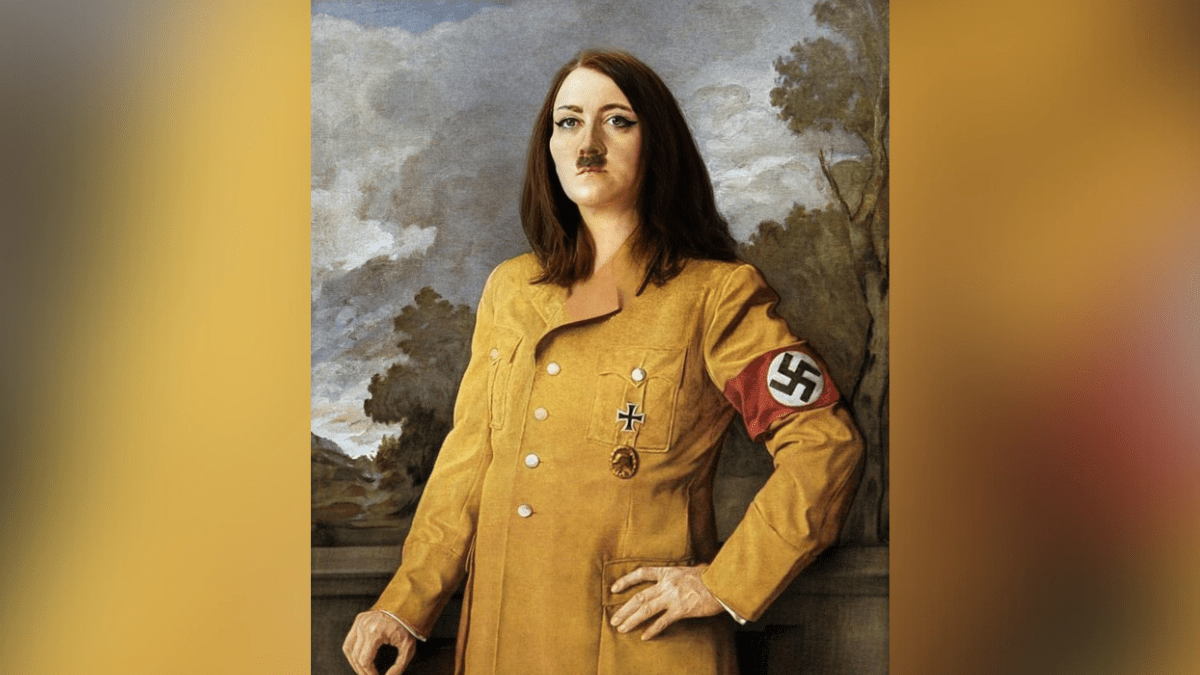A single person with a fiery belief in a cause can alter the course of history. This is the story of John Brown whose attempt to end slavery by force brought America to a reckoning point.
Born in 1800, in Torrington, Connecticut, John was the son of a fervently anti-slavery tanner. His parents, Owen and Ruth Mills Brown, were deeply religious, and their Calvinist beliefs profoundly shaped Brown’s worldview. He was around 12 years old when he traveled to Michigan to drive cattle along with a man. During this trip, he witnessed a young enslaved African American boy, who was his age, being beaten with iron shovels or fireplace tools by his overseer. The brutality of this scene made a deep impression on him. From that point on, Brown’s life became a series of increasingly radical acts in the fight against slavery.
When John Brown decided enough was enough
Brown’s active engagement with the abolitionist movement began in earnest in the 1830s. His first documented act of civil disobedience was in 1837 when he publicly declared his dedication to the abolition of slavery following the murder of abolitionist editor Elijah P. Lovejoy. In the 1840s and 1850s, Brown was involved in the Underground Railroad, helping fugitive slaves escape to free territories and Canada. His house in North Elba, New York, where he moved in 1849, became a sanctuary for escaped slaves.
Brown’s turn towards violent activism became apparent during the “Bleeding Kansas” crisis. This was a series of violent clashes between pro-slavery and anti-slavery settlers in the Kansas Territory. In 1855, Brown followed five of his sons to Kansas, drawn by the fight to determine whether it would enter the Union as a free or slave state. In 1856, in response to the sacking of Lawrence by pro-slavery forces, Brown and his followers killed five supporters of slavery at Pottawatomie Creek in a brutal act that shocked many and escalated the violent conflict in Kansas.
This ultimately led to Brown’s most famous and fateful action: The raid on Harpers Ferry in 1859. He intended to initiate an armed slave revolt by seizing the United States Armory and Arsenal at Harper’s Ferry, distributing the captured arms to slaves in the area, and moving south, gathering forces as he went.
The raid involved a band of 22 men, including five African Americans. Although initially successful in capturing the armory, the plan unraveled quickly. Local townspeople resisted, and soon Brown and his men were surrounded by local farmers, militia, and eventually, U.S. Marines under Colonel Robert E. Lee. After a 36-hour siege, Brown was captured, tried for treason against the state of Virginia, murder, and inciting a slave insurrection, and was convicted on all counts.
John makes history with his last words
Brown was hanged on December 2, 1859. His execution was attended by notable Virginians, but it was his calm demeanor and eloquent final words that struck a chord with many across the country.
“I John Brown am now quite certain that the crimes of this guilty, land: will never be purged away; but with Blood. I had as I now think: vainly flattered myself that without very much bloodshed; it might be done.”
John Brown, December 1859
John recognized the fundamental truth that no one is free until everyone is free, and he dedicated himself to making that a reality, even in the face of overwhelming opposition. And as Frederick Douglass, the famed abolitionist and friend of Brown, put it:
“His zeal in the cause of my race was far greater than mine—it was as the burning sun to my taper light—mine was bounded by time, his stretched away to the boundless shores of eternity.”
Douglass, Frederick. “Address at Storer College.” Harpers Ferry, 1881
Meanwhile, Ralph Waldo Emerson famously compared him to Jesus, saying he would “make the gallows glorious like the Cross.”
In the end, John Brown’s raid did much to polarize American society. While many in the North lionized him for a righteous cause, he was vilified in the South which further deepened the divide that led to the American Civil War. Was he a hero, a martyr, a zealot, or a madman? Perhaps he was all of these things, or maybe he was a bit of a dreamer, too optimistic about the power of direct action to right the wrongs of centuries.











Published: Jun 2, 2024 12:05 pm